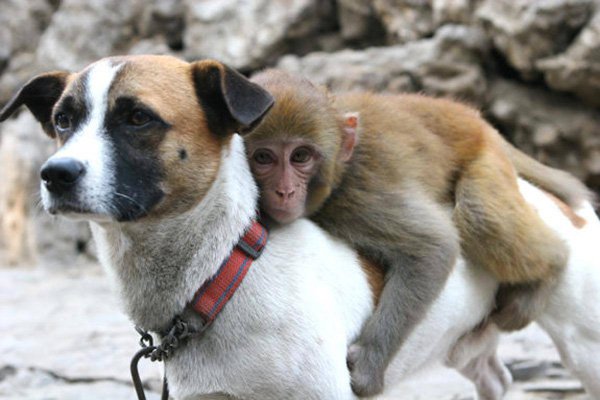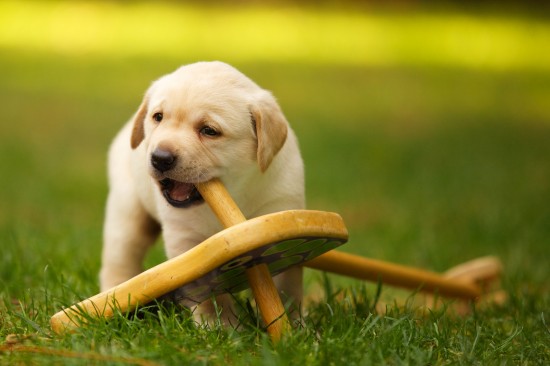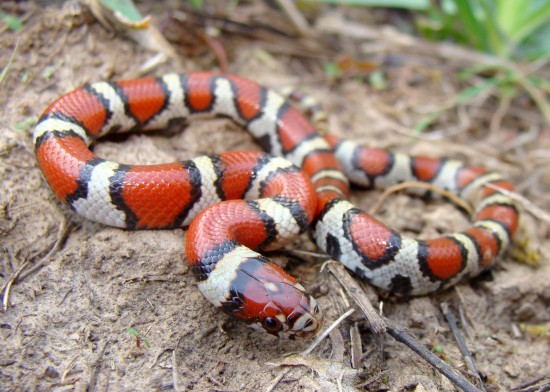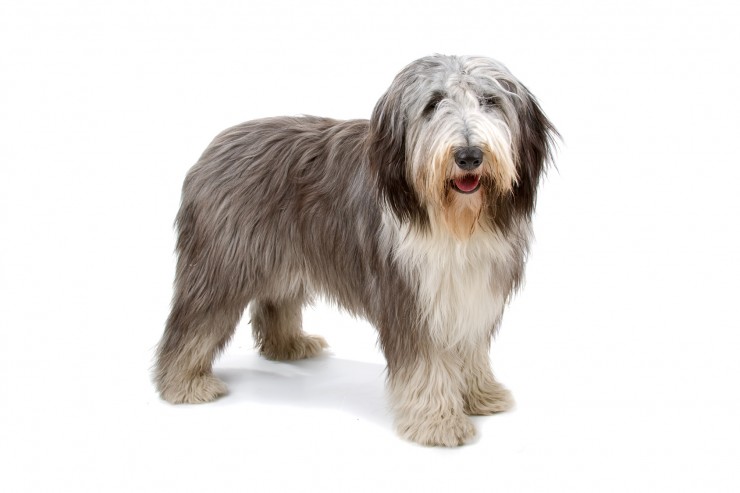
Since the Shih Tzu breed first became known to the western world
there has been a variety of colors. The first and second prize
winners at the Shanghai Kennel Club Show of May 30, 1930 were
all black in color. These two solid black Shih Tzu were probably
among the first Shih Tzu to ever appear in a western show ring.
Their photographs can be seen in the China Journal June and
August 1930 issues.
Black and white Shih Tzu was also frequently seen of the early
days in the western world. Black and white Shih Tzu can still be
“very” striking and are still a favorite of many Shih Tzu
fanciers.
There are different opinions as to exactly what color was the
favored color at the Imperial Palace. It has been said often
that the golden-yellow, sometimes described as honey was the
favorite color and only kept in the palace. There are countless
entries in our passages of Shih Tzu history that tell us the
Empress Dowager’s favorite Shih Tzu of all times was a solid
black she called “Sea Otter.” There are also accounts that three
of the Empress Dowager’s sleeve dogs were greyish-white.
The mention of solid white Shih Tzu in later standards reflect
the fact that there was a leading French breed in Peking who had
a large number of all-white Shih Tzu. There has always been
questions as to whether or not it was probably more the
westerners who appreciated the solid white, as the Chinese saw
the color white as a color of mourning.
It would be safer to say and believe that since yellow was the
imperial color, a fact readily known by the golden-yellow tiled
roofs of the Peking Palace. Yellow dogs were also more lion-like
in appearance. The word “Shih Tzu” means “Lion” in Chinese. The
Chinese tried to breed the Shih Tzu to resemble the lion, at
least it was their idea of what a Lion looked like.
The white blaze, collar, socks and tail-tip combine to create a
highly prized ensemble.
It is most likely that westerners had a very difficult time
acquiring the yellow-colored Shih Tzu since it was regarded as
being so precious. Therefore, the first Shih Tzu to appear in
the west were the black and white, grey and white, brindle and
white and a few solid blacks. Very few of the precious
yellow-colored Shih Tzu were first acquired by the westerners.
The same holds true for the very small sized Shih Tzu. The small
size Shih Tzu, which were most likely the Imperial and Teacup
Shih Tzu, as many of us commonly nickname them today, (the Shih
Tzu under 9 pounds in weight) were not readily available for the
westerners. The westerners had access mainly to the larger size
Shih Tzu that the Imperial Palace had sent out as rejects of
their breeding program. There were a few able to get hold of the
very tiny Shih Tzu we now commonly nickname the Imperials and
the Teacup size, but not many, as this was the favored and most
treasured size of the Imperial Palace breedings. The smaller
size in Shih Tzu was a major goal of the Imperial Palace
breedings lead by Empress Dowager.
Today’s AKC standard, however, states the weight of a Shih Tzu
in order to qualify for the show ring must be between 9 and 16
pounds.
 Maintain hygiene and get the dog food from the online store of Ipswich
Maintain hygiene and get the dog food from the online stor
Maintain hygiene and get the dog food from the online store of Ipswich
Maintain hygiene and get the dog food from the online stor
 Why Dogs Love To Chew So Much
Why Dogs Love To
Why Dogs Love To Chew So Much
Why Dogs Love To
 Why Snakes Make Great Pets
Why Snakes Make G
Why Snakes Make Great Pets
Why Snakes Make G
 Seven Indications That You Need To Change Your Dog Food
Seven Indications
Seven Indications That You Need To Change Your Dog Food
Seven Indications
 The Difference Between A Bearded Collie And A Polish Lowland Sheepdog
The Difference Be
The Difference Between A Bearded Collie And A Polish Lowland Sheepdog
The Difference Be
Copyright © 2005-2016 Pet Information All Rights Reserved
Contact us: www162date@outlook.com